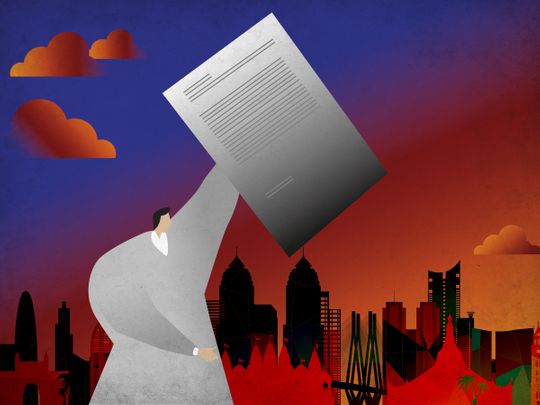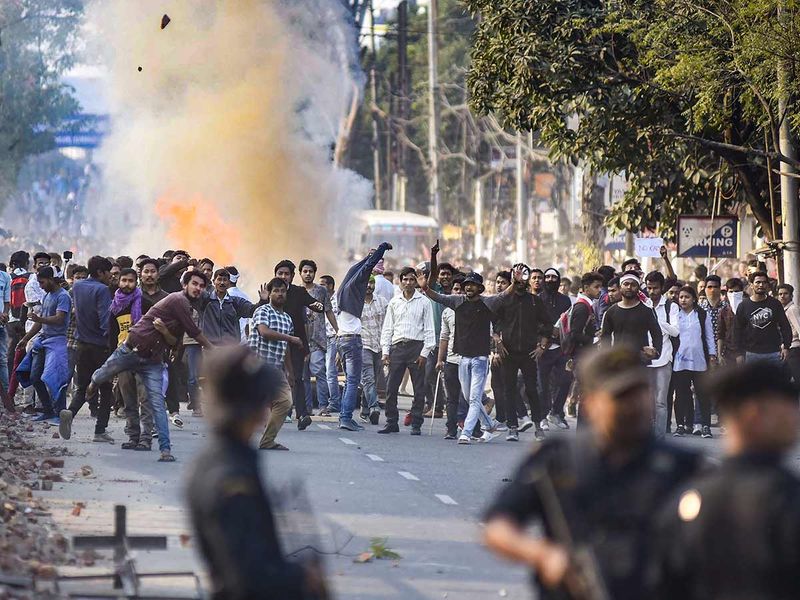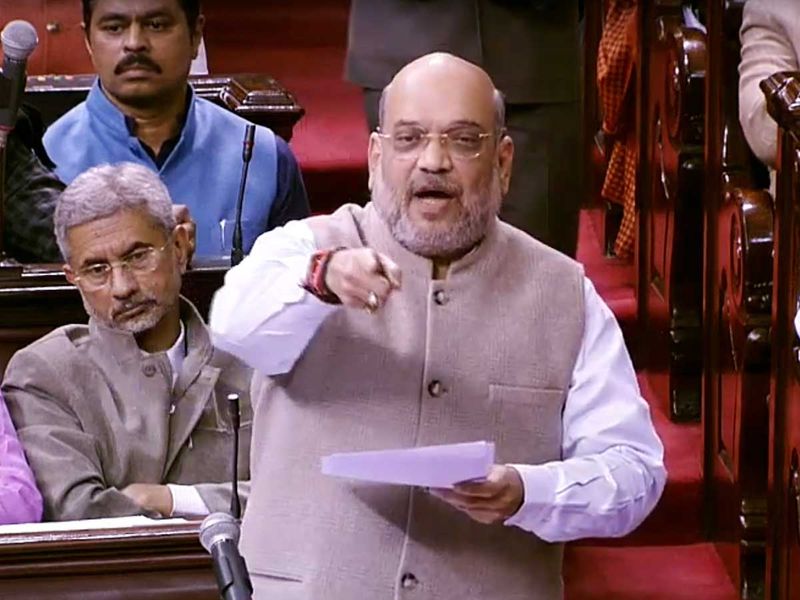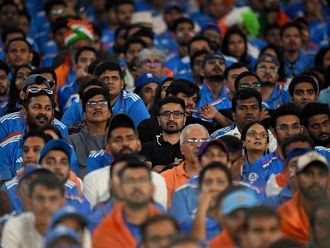
Earlier this week, Rajya Sabha (the Upper House of Indian Parliament) passed the Citizenship Amendment Bill. It was already passed in Lok Sabha (Lower House) and now goes to the President for his assent before it becomes a law.
The CAB allows, instead of relying on the place of birth or descent, for ‘religiously persecuted’ Hindus, Christians, Buddhists, Jains, or Sikhs, based in Pakistan, Bangladesh, and Afghanistan to apply for Indian citizenship, provided they are already in India by December 31, 2014.
Introducing the Bill, a combative and defiant Amit Shah, home minister, said India was opening its doors to its persecuted people in neighbouring Islamic republics, which the above-mentioned states are.
The BJP is midwifing the birth of a new, not a very pleasant, but a fully grown, baby, the unabashedly patriotic Hindu. He looks to India’s future; but his inspiration is India’s mythical, golden past
The Indian Opposition, mainly the Congress Party, and the great virtual but slightly more effective liberal social media — India’s English speaking Urbania — have pointed out in one voice that the Bill in its religious discrimination — persecuted Muslim are not on the favoured list, the nations accused of possible persecutory politics are Islamist — is killing the secular Constitution of India.
This is true and false all at once, and is typical of the contemporary Indian reality, where normality is getting to be a thing that can only be hallucinated. True because Muslims are not found fit for CAB benevolence. False because the Hindu and related minorities are second class citizens in these countries and therefore merit sympathy.
Again, the Hindu and other listed minorities from neighbouring nations such as Bhutan, Myanmar, Sri Lanka or even China have not been included in the Modi government’s overflowing compassion. Truer and falser, then.
Hard Hindu state
In almost all the recent debates including the abrogation of Article 370, the National Citizen Register NCR (which exercise seems to have delisted more Hindus (from Bangladesh) than the Muslims migrants from the same country, which it was targeted at), the banning of Triple Talaq, and the talk of Uniform Civil Code — the Constitution has been the centre stage of the battle.
This is because, as mentioned several times before in these columns, the BJP is alchemising, if that’s the word, India into a hard Hindu state, blessed and backed by their parent organ, the Rashtriya Swayamsevak Sangh. This intent can longer be mistaken.
The BJP believes, or likes to believe, that India is surrounded by aggressive Islamic republics on its north-western frontier. It believes Hindus need a home where they are first citizens, a sense of owning up the place, a sense of pride.

India’s mythical, golden past
The BJP is midwifing the birth of a new, not a very pleasant, but a fully grown, baby, the unabashedly patriotic Hindu. He looks to India’s future; but his inspiration is India’s mythical, golden past. The new India is rather old, then; inspired giant heroes from the Mahabharat, replete with palaces and forts, and science from the Vedas. We Indians like to look forward to our past.
This seems to have come to pass. But the point is, no one is quite clear how. Or how to fight it. The dissonance between the urban social media and the real (mythical) India of vast, dusty villages has never been sharper. The CAB is a case in point. But for the protest in tribes and ‘totemed’ Assam, a north eastern border state that has already taken the brunt of migration from the influx of millions of Bangladeshis following the Indo-Pakistan war in 1971, and which believes it will be swamped again once CAB is made an act.
Assamese believe their identity and culture will be washed away by the flood of immigrants. According to one estimate (and this is not confirmed; there are no real figures in this exercise, only perceptions; the lack of figures is characteristic of India’s economy as well as its riotous discourses), there are more than 17 million Hindus in Bangladesh.

Persecution and discrimination
While the CAB’s cut-off point is December 31, 2014, potentially the act could be amended to take in more from older cut-off dates. A Dhaka academic and author, Abul Barakat, is reported to have said: “From 1964 to 2013, around 11.3 million Hindus left Bangladesh due to religious persecution and discrimination.”
On the other hand, Pakistan hosts about 4 million Hindus, and approximately the same number of Christians. News outlets including the BBC have reported religious persecution of these uncertain apparitions of the subcontinental destiny, Midnight’s Lost Children.
More reassuringly perhaps battle-scarred Afghanistan does not have more than 1,000 Hindus and Sikhs, though Amit Shah said in his speech in Parliament that India shares a 106-km border with that country.
I tried to find the number for the annual immigration applications to India from these countries to get a fix on the size of the problem. But this remained a mystery. A social media contributor, quoting the Pakistani Hindu Council, put it around 5,000 applicants annually from Pakistan.
There is an added political benefit that the BJP might enjoy from this whole exercise. In the near future when minorities in India cry foul, and Pakistan makes those fake sympathetic noises, Modi and Shah could turn around say: we opened doors to ‘our’ minorities from your land; now open your borders to accept ‘your’ minorities from our land.
In the near future, too, this will be a brownie point scored in virtue-signalling international bodies like the UN and the Amnesty.
— C.P. Surendran is a noted journalist and political columnist based in India.










